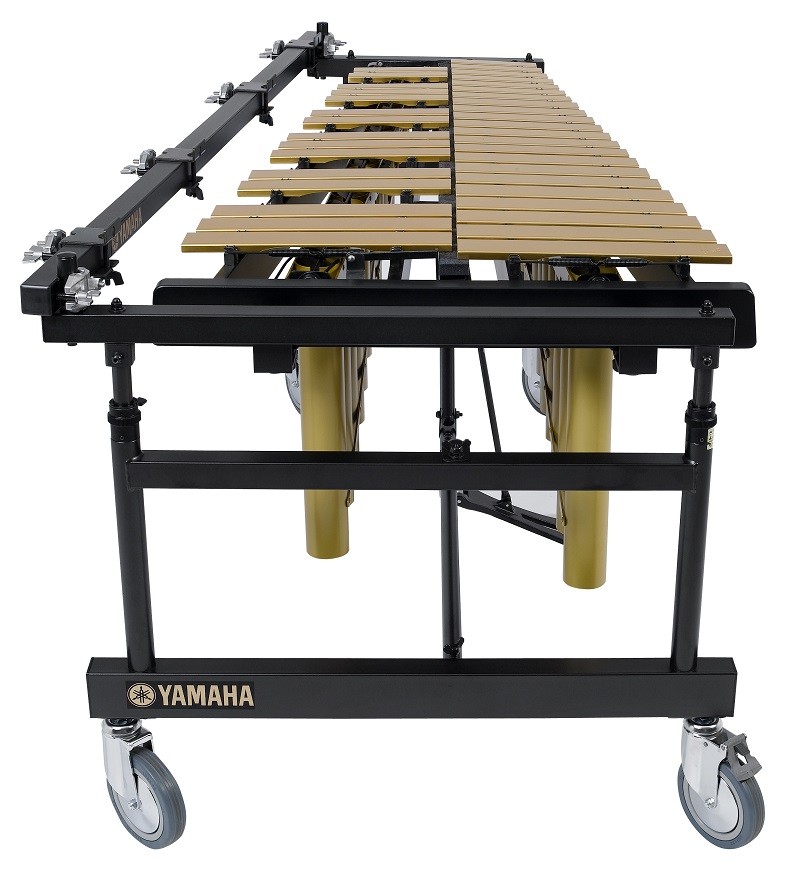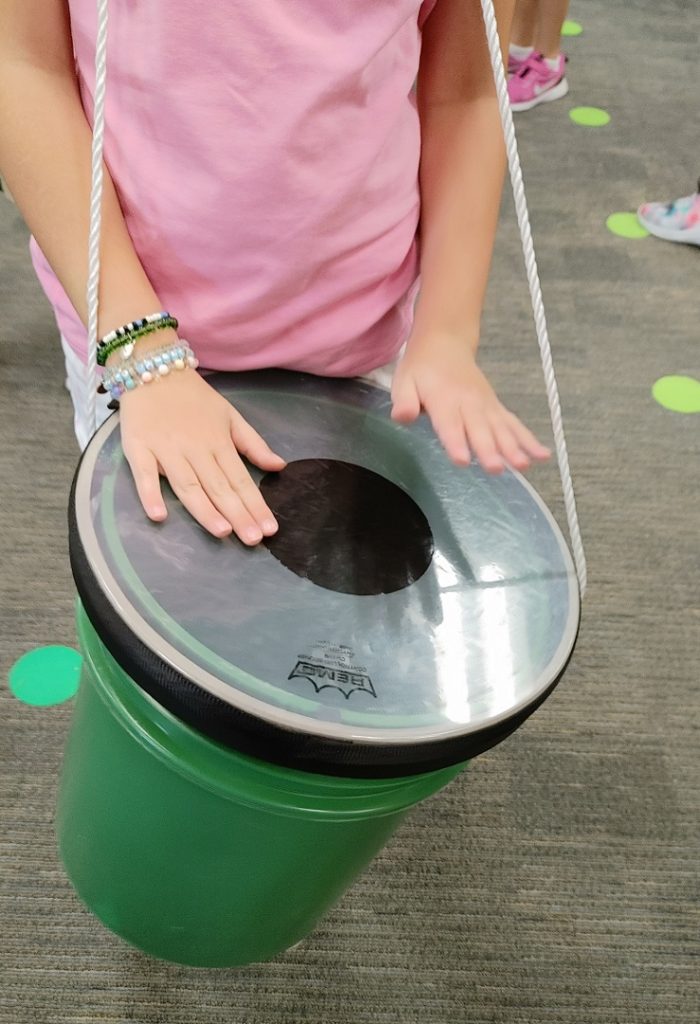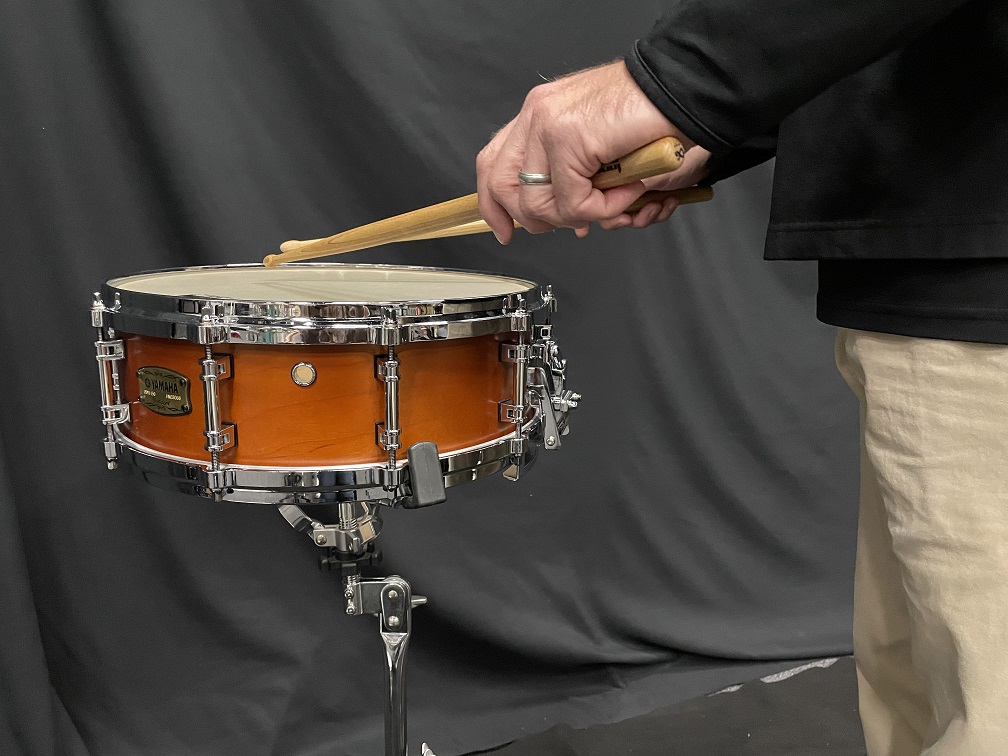10 Things to Know When Buying Front Ensemble Equipment
Do your research and make informed decisions when it comes to purchasing marimbas, vibraphones and other front ensemble instruments.
Good things come in waves. After a few years at a new high school, your marching band is going great. The booster program is very active and has been raising money.
The purchasing process for front ensemble equipment can be a bit complicated, but with a little research, you can make an informed decision. Here are 10 key things to consider:
1. Talk to Your Local Music Dealer
Local dealers are great resources, especially if they’ve been a dealer for a long time. Ask them which front ensemble brand they like to work with when buying instruments. Which brands hold up over time? Which brands can get parts without delay? How long does it take to get delivery? You need gear now and cannot wait for five months.
2. Understand Your Program’s Needs
Know the amount of activity your program will be undertaking during the year. Will you participate in a few or a lot of marching competitions? How many students will you have the first year? Will you have a percussion specialist running the program? The answers to these questions will narrow the choices relating to bar options, frame type, quantity, weight, wheels and purchase quantity.
3. What Instrumentation is Needed?
To get started, you will need one marimba, one vibraphone, one xylophone and one concert bass drum. All of these instruments should come on some sort of multi-frame, which are designed to be outside. (Never use any concert frame instruments outside.)
As your front ensemble grows, you may want to add another marimba or vibraphone before anything else. Most front ensembles only have one xylophone. Whether you purchase a timpani or an accessory rack will ultimately depend on the music, instrumentation needs and player ability. Consult with your music arranger and percussion instructor.
4. How Often Will the Instruments Need to be Moved?
This is an often overlooked consideration. Pushing a mallet instrument is not necessarily an easy task especially when it is loaded down with a fair number of accessories like cymbals or concert toms. Additionally, not all students can move this equipment. Take stock of where the instruments will be stored when not in use as well as the distance to and from the rehearsal field. You want multi-frames that are easy to push and pull and that are not bogged down in unnecessary weight.
5. Transportation
How will the instruments be moved to and from competitions and performances – by truck or trailer? Ensure that there is a ramp so instruments can be rolled on and off the truck. Make sure that you select field-frames that are not too heavy; three students should be able to lift the frames on and off the truck or trailer.
Remove the bars from all mallet instruments and store them in bars bags. This keeps the bars safe and in good condition during transport. Do not place anything on top of mallet instruments.
Finally, make sure students have parental permission to move instruments on and off vehicles.
6. Size and Range of Instruments
A common mistake is getting something larger than you need. A five-octave instrument may look appealing, but it is very expensive and very large – too large to fit on a lift gate. A four-octave vibraphone might also be unnecessary when a three-octave silver vibraphone will suit your needs just fine. While the difference between a 4.3- and 4.5-octave marimba might seem minor, the extra resonators on the low end of a 4.5-octave adds more weight. If you can manage with smaller range instruments, do so.
7. What Additional Instruments Will Be Mounted?
Cymbals, smaller bells, concert toms and concert snare drums are nice to have, but they are not necessary. The less you must mount, the less there is pack and unpack for performances. Ensure that the frames you get come with extra mounting clamps for accessories and they should mount to the places you need them on the frame. For example, suspended cymbals should be positioned within easy reach of the player. Remove all accessories from multi-frame instruments for transportation on a truck or trailer. The frames should be able to roll easily without any added accessories in the way of transport. A runaway mallet instrument coming down a ramp can cause serious injury – to the instrument and anyone in its path.
8. Wheels
Ensure that any mallet instrument you purchase has proper wheels. Make sure the wheels can navigate the terrain – dirt, asphalt, rocks, grass – from the band room to the practice field and back. A hammer caster wheel will work in most cases, and they do not need to be inflated.
Air-filled wheels are nice but not necessary. If you do opt for air-filled wheels, make sure you have access to an air pump always.
9. Ask for Advice
Ask your collegiate marching band director and percussion friends for the brands they prefer. Was the company sales representative available when needed? Were the mallet instruments easy to move? Does the metal frame protect the wooden frame of each instrument?
10. Protect Your Investment
To keep your front ensemble in top shape for several years, ensure your instruments come with covers to protect the keyboards from the damage of heat and moisture. Other accessories to consider include bar bags, moving blankets, cymbal bags, bungee cords and moving straps.
Research your options and ask a lot of questions when purchasing any instrument. By making an informed decision, you’ll equip your students and your music program with quality instruments that will last.

















